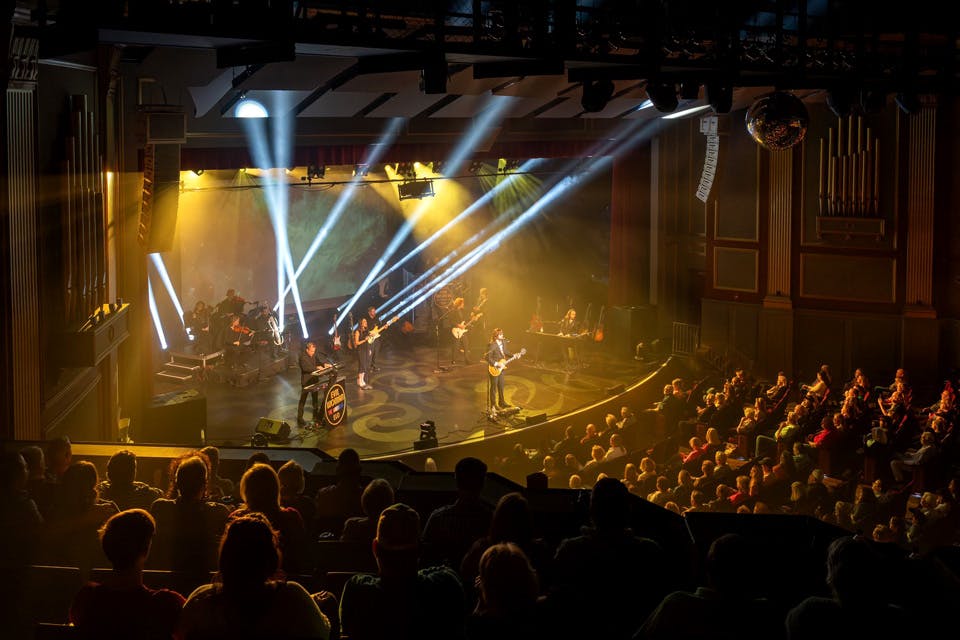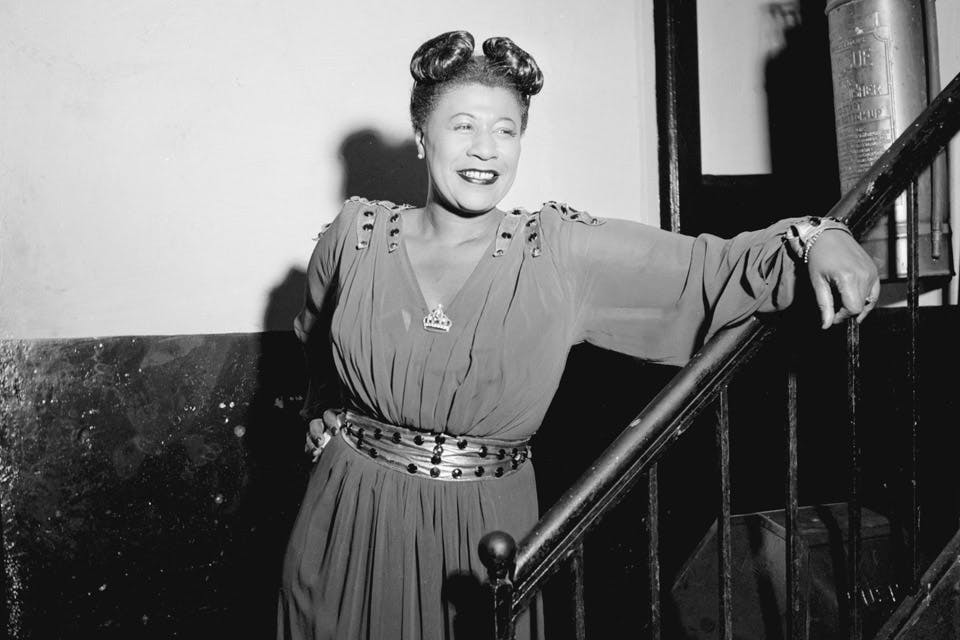Arts
Columbus Jazz Orchestra presents ‘Ella Fitzgerald & the Great Ladies of Swing’
The Columbus Jazz Orchestra pays tribute to Ella Fitzgerald and four other legends of the swing era.
Related Articles
-mark-lyons.jpg?sfvrsn=25b2b438_5&w=960&auto=compress%2cformat)
3 Family-Friendly Symphony Concerts in Cincinnati
The Cincinnati Symphony Orchestra has several musical performances planned during January and February, each offering a show that is suitable for the entire family. READ MORE >>

8 Tribute Bands Rocking Ohio Stages This Season
Venues across Ohio are turning up the nostalgia with tribute acts that channel the sound and spirit of legends ranging from the Eagles to Pink Floyd. READ MORE >>

6 Symphonic Shows in Ohio This Fall
From symphonic blues in Toledo to a soulful tribute in Dayton, classical musicians across Ohio are tuning up for a season of performances. READ MORE >>




